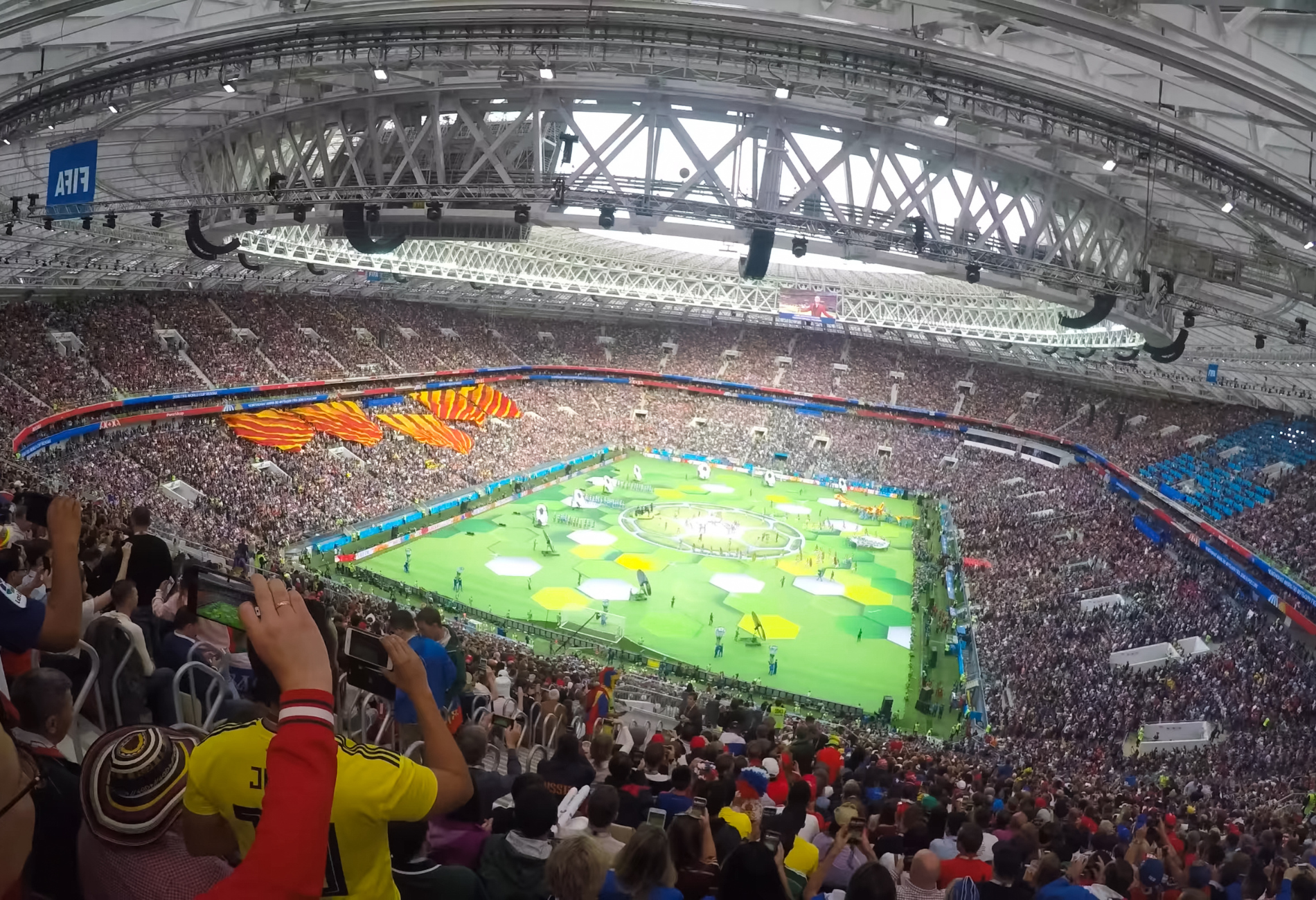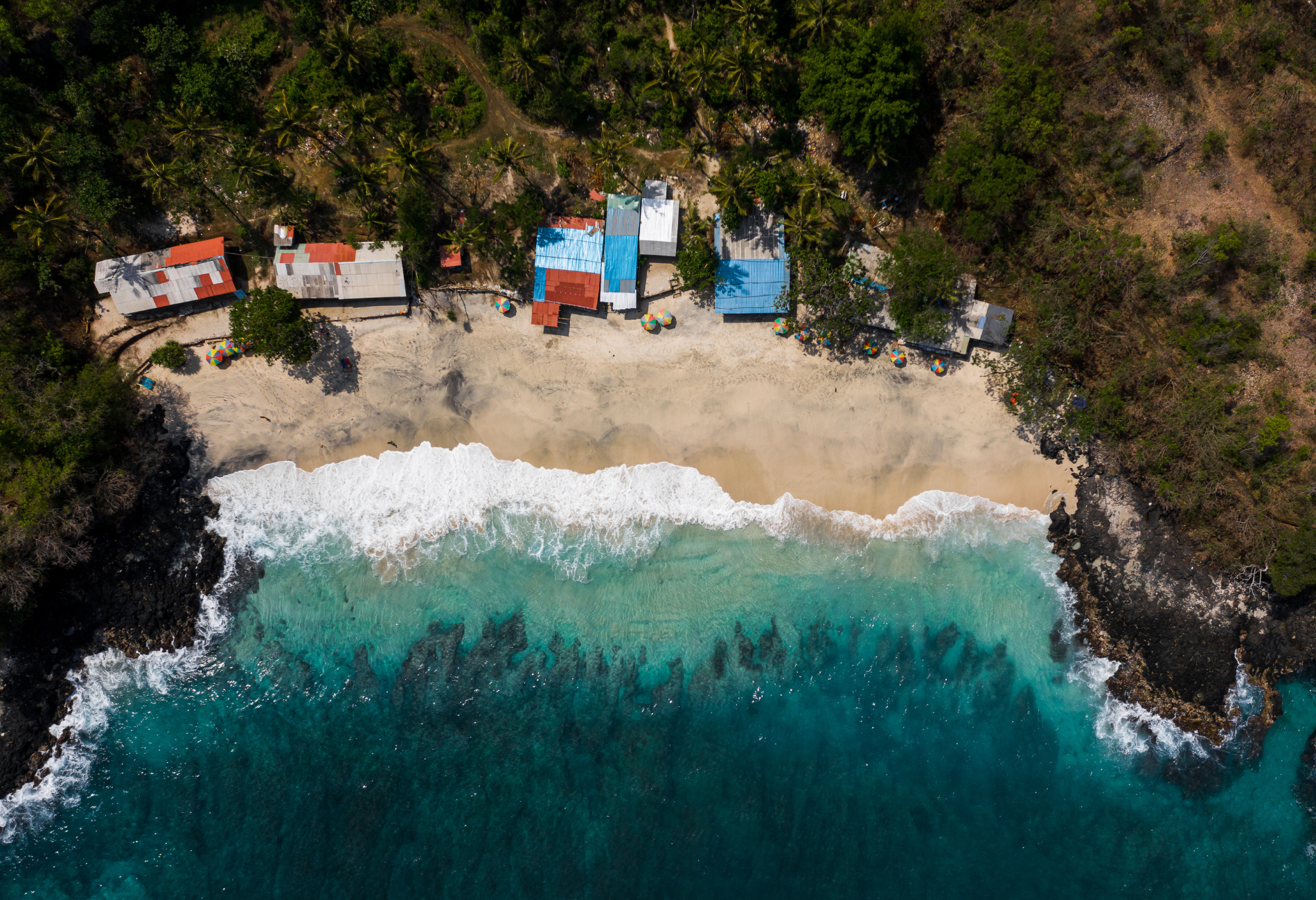I’m embarrassed to say that my travels to Peru have yet to take me to Machu Picchu. I love hiking, I adore llamas, and exploring ancient ruins humbles me. But for now, a visit to the grandest of all the Inca sites will remain on the back burner as it’s just been announced the site is temporarily closed.
Why is Machu Picchu closed?
Following last month’s impeachment of then-President Pedro Castillo, who was imprisoned for his attempt to dissolve Congress, escalating anti-government protests have led to immense civil unrest in Peru. More than 55 people have died as a result of conflict between law enforcement and protestors, and many more injured.
The Culture of Ministry closed Machu Picchu as well as the Inca Trail leading up to the site to “protect the safety of tourists and the population in general.” The closure immediately left 417 visitors stranded at the site, with 300 being foreigners. Train service to the area has been closed since last week following protestors damaging the train tracks.
How long will the closure last?
Entry to Machu Picchu was suspended beginning Sunday, January 22, and will last “until further notice.”
“We regret the inconvenience this causes our passengers however (it is) due to a situation beyond the company’s control because of the protests in Cuzco,” a statement said.
Tourists who already purchased tickets to climb the mountain from January 21 until one month following the end of the protests are eligible for a refund.
The U.S. State Department has issued a travel advisory
In response to the ongoing protests, the U.S. State Department has issued a “Level 3: Reconsider Travel” advisory for Peru. The department urges U.S. travelers to “Exercise increased caution due to civil unrest,” in the area.
“Demonstrations occur regularly throughout the country,” the State Department said. “Demonstrations can cause the shutdown of local roads, trains, and major highways, often without prior notice or estimated reopening timelines.”









 by your friends at The Daily Navigator
by your friends at The Daily Navigator



